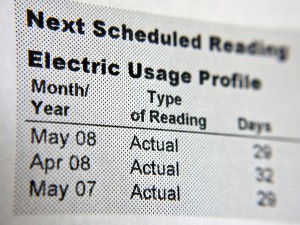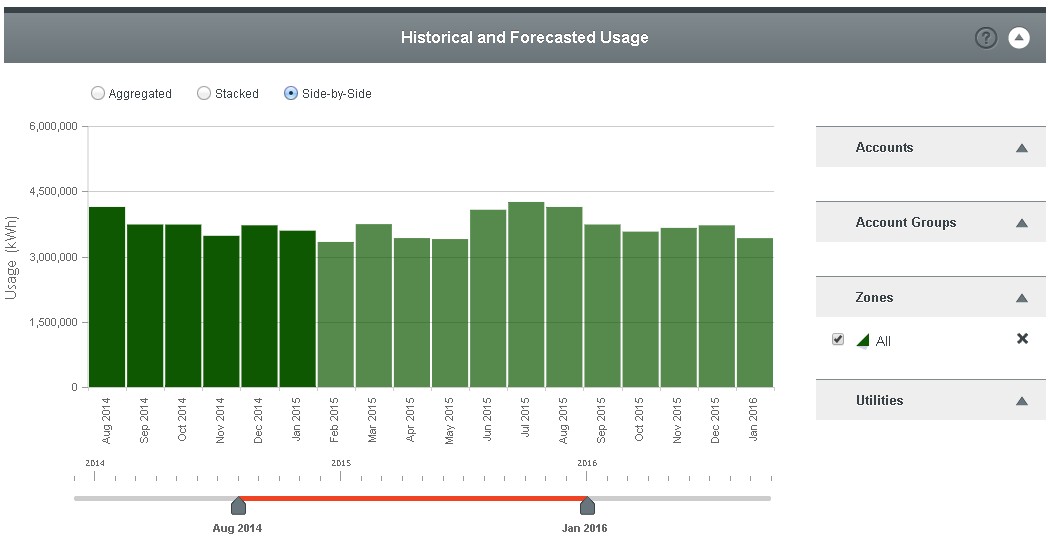The energy industry is in the midst of a true revolution.
Every aspect of the industry seems to be emerging from a century-long slumber. There are innovations in the policy and regulatory arena in New York, Massachusetts and California (and elsewhere). We are seeing technology advances in renewable technologies, storage, etc. as well as innovations in other aspects of hardware and software. There are many opinions, theories and hypotheses about where this revolution will lead, particularly for customers.
Pilot Projects Attempt to Demonstrate Value of the Smart Grid
There are also a number of interesting case studies and pilot projects underway that explore the intersection of all of these industry forces. One of them has been underway in the Pacific Northwest for quite some time. We wrote about the project when it first got underway. The project employs a technology called transactive control to integrate various resources (demand and supply-side) to ensure reliable, cost-effective power delivery. Another project is currently under way in Austin and has been since 2008. Like the BPA project, the Austin project brings together close-to-real-time pricing signals, smart appliances and the ability for residences to respond quickly and effectively to those pricing signals. The Environmental Defense Fund (EDF), City of Austin, the University of Texas, Austin Energy and other institutions came together in 2008 to launch the pilot project, which seems to be delivering on the promise of the smart grid.
Technologies Essential to Realizing the Value of the Smart Grid
In early September, Energy Manager Today reprinted an article entitled“3 Technologies that Will Keep Energy Costs in Check” which was written by the Vice President for Clean Energy at EDF, James Marshon. He summarizes 3 of the critical technologies that will help industry to effectively manage energy costs.Here is a link to that article from September 3, 2015. All 3 of these technologies have provided the support for the successful implementation of the Austin project. Marshon persuasively argues that they are critical to delivering on the substantial energy cost saving opportunity that could come with significant changes to how energy is generated, priced and delivered in the future. According to Marshon, these technology innovations are: smart electricity pricing, home energy management and energy storage.

Add one more—one that is implied and undoubtedly embedded in any successful implementation in Austin or anywhere else for that matter: clear, transparent, unbiased energy information technology. Here are the essential pieces of a new energy information system that must be available for any customer in any sector to make a full and informed decision about demand response, renewable investments, supply strategies, etc. Pricing, cost and usage data must be clear, unbiased, transparent and forward-looking. It is the foundation to the successful transformation of our industry. Armed with data and analytics that have these characteristics consumers will be able to properly and transparently evaluate renewables, demand response, storage technology and any other innovation that comes to the customer meter.
That’s all good news. But there is much work to be done.
We are not there yet. Talk to customers, large and small, and ask them how they manage energy and utility information. Too many will tell you to go ahead and rifle through their filing cabinets or take a look at their PDF invoices. If customers have to spend their time tracking data in the century-old way, they will not have the time or the bandwidth to properly analyze new technologies and the investment opportunities available to them. We must cross the chasm of utility data and access in order to deliver on the promise of an energy revolution.

Bottom line for consumers: Consumer adoption of technologies, and response to policy efforts, will continue to deliver improved products and services to the energy industry with benefits to all of us (lower cost, better outcomes, environmental benefits). Clear, transparent information technology is essential to this transformation.
